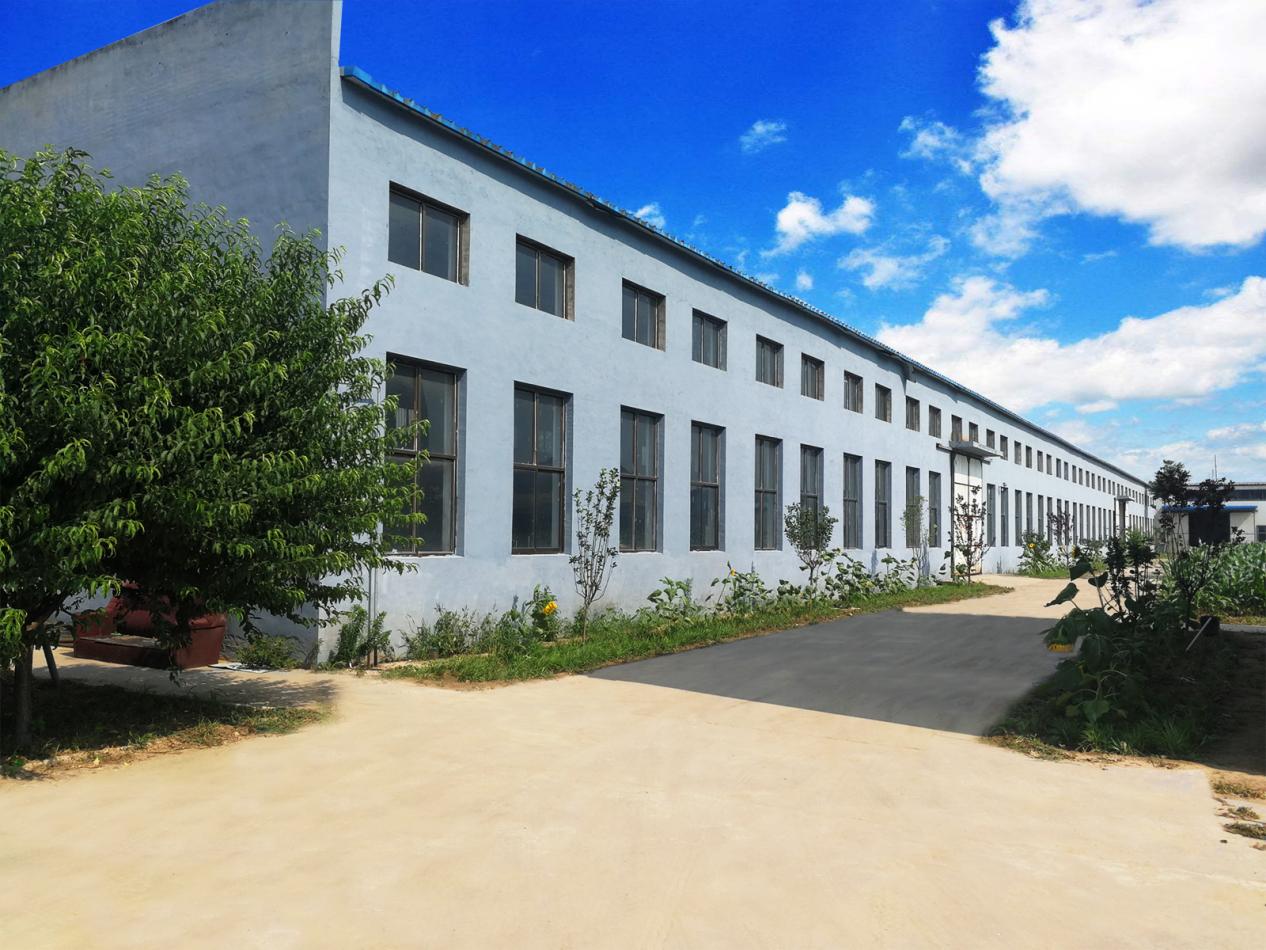10 月 . 20, 2024 12:24 Back to list
pipe dismantling joint
The Importance of Pipe Dismantling Joints in Modern Piping Systems
In modern piping systems, whether in industrial facilities, chemical plants, or municipal water systems, the efficient and effective management of pipelines is crucial for operational success. One essential component that often goes unnoticed is the pipe dismantling joint. This specialized joint plays a pivotal role in providing access for maintenance, inspection, and replacement of pipeline sections. Understanding the significance of pipe dismantling joints, their design features, and their applications in various industries can help operators optimize their piping systems.
What is a Pipe Dismantling Joint?
A pipe dismantling joint is a mechanical device that is installed between two sections of pipe to facilitate the easy separation of those pipes when maintenance is required. Unlike standard pipe joints, which may require cutting or extensive disassembly to access the interior of the pipeline, a dismantling joint allows for quick and efficient disconnection. This capability is particularly valuable in environments where downtime can lead to significant costs and disruptions.
Key Features of Pipe Dismantling Joints
1. Adjustability One of the primary features of dismantling joints is their adjustable length. This allows operators to tailor the joint to fit specific piping systems, accommodating variations in pipe sizes and configurations without extensive rework.
2. Ease of Installation Most dismantling joints are designed for straightforward installation, minimizing the need for specialized tools or skills. This ease of use encourages more frequent inspections and maintenance, which can ultimately extend the lifespan of the entire piping system.
3. Robust Design Dismantling joints are built to withstand substantial pressure and environmental stresses. They are typically made from durable materials such as stainless steel or ductile iron, ensuring longevity and resistance to corrosion, which is especially important in harsh industrial conditions.
pipe dismantling joint

4. Versatility These joints can be used with various pipe types—be it ductile iron, PVC, or steel—making them a universal solution across diverse applications.
5. Sealing Performance Dismantling joints incorporate high-quality seals to prevent leaks, ensuring that the system maintains its integrity while allowing for safe and efficient dismantling.
Applications of Pipe Dismantling Joints
The applications of pipe dismantling joints are widespread across various sectors. In waterworks, these joints enable utilities to perform maintenance on pipelines, valves, and fittings without extensive excavation or disruption of service. In the power generation sector, dismantling joints facilitate the servicing of cooling water systems, enhancing operational efficiency.
Moreover, in chemical processing industries, dismantling joints are crucial for ensuring that quick access to pipelines is available for maintenance, thus minimizing the risk of downtime and maximizing productivity. They also play an integral role in fire fighting systems, where access to pipelines is vital for inspection and increasing responsiveness in emergencies.
Conclusion
In conclusion, pipe dismantling joints are indispensable components of modern piping systems. Their unique design features and functional benefits make them essential for facilitating maintenance and inspections, ensuring the longevity of pipelines, and minimizing operational downtime. As industries continue to prioritize efficiency and reliability in their operations, the role of dismantling joints will only grow in importance. Understanding their advantages allows engineers and operators to better design, implement, and maintain their piping systems, ultimately leading to safer and more efficient industrial practices. By including dismantling joints as a standard component of piping systems, organizations can better prepare for the unforeseen challenges that come with pipeline management.
Share
-
Understanding the Differences Between Wafer Type Butterfly Valve and Lugged Butterfly ValveNewsOct.25,2024
-
The Efficiency of Wafer Type Butterfly Valve and Lugged Butterfly ValveNewsOct.25,2024
-
The Ultimate Guide to Industrial Swing Check Valve: Performance, Installation, and MaintenanceNewsOct.25,2024
-
Superior Performance with Industrial Swing Check Valve: The Essential Valve for Any SystemNewsOct.25,2024
-
Industrial Swing Check Valve: The Ideal Solution for Flow ControlNewsOct.25,2024
-
You Need to Know About Industrial Swing Check Valve: Functionality, Scope, and PerformanceNewsOct.25,2024